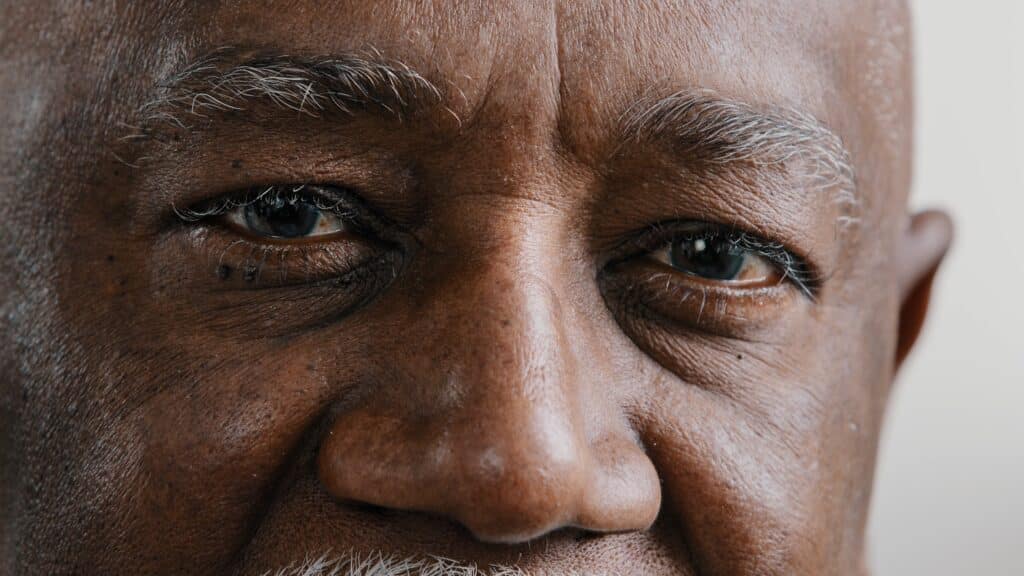Cornea Smoothing Procedures

What Procedures are Used to Smooth the Cornea?
The most commonly used procedures used to smooth the cornea include superficial keratectomy (SK) and phototherapeutic keratectomy (PTK). SK is a procedure that uses manual techniques to smooth the cornea. PTK uses a combination of manual techniques and laser energy to achieve a smoother corneal surface. If you are in need of a corneal smoothing procedure, your surgeon will evaluate your eye and discuss the recommended approach.
Both SK and PTK are performed as outpatient procedures in the clinic setting. Numbing drops are placed in the eye and an instrument is used to hold the eyelids open during the procedure. After the cornea is smoothed, a bandage contact lens is typically placed on the eye to help with healing.
What Problems are Treated with Corneal Smoothing Procedures?
Cornea Care
Corneal diseases and injuries involving the surface layers of the cornea may often be improved with SK or PTK procedures. Examples include:
What to Expect Before Your Procedure
Your doctor will schedule a clinic visit to evaluate and discuss your condition. At this visit, you will undergo a detailed eye examination including vision assessment, measurement of your glasses prescription (refraction), and mapping of the corneal shape (topography). This helps your doctor assess how to best treat your eyes. After evaluating the results of these measurements and examining your eyes, your doctor will discuss whether treatment is indicated and which procedure is recommended for you.
What to Expect After Your Procedure
After the procedure, the eye usually feels irritated or painful for 3-5 days. The bandage contact lens will be removed in clinic days or weeks after surgery. You will be asked to place drops in the eye for several weeks to help with healing.
Vision in the eye will likely be somewhat blurry during the initial healing period. The vision gradually improves each week. Your glasses prescription will likely shift as the eye heals. If needed, glasses may often be updated when the eye stabilizes 1-3 months after the procedure.
Cornea Smoothing Surgery, Stillwater, MN
Associated Eye Care offers treatment for cornea problems at our clinic on Curve Crest Boulevard in Stillwater. Cornea smoothing consultations are scheduled with Dr. Vislisel at our Stillwater and Woodbury locations. Schedule an appointment now or call (800) 846-1877 for more information.
